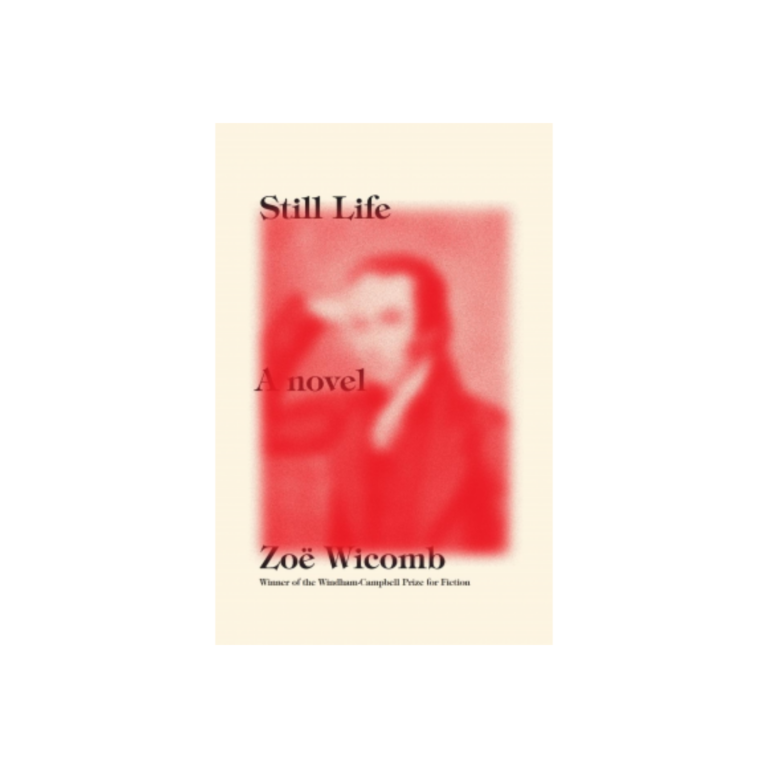Review of Still Life: A Novel
The New Press. 2020. 257 pages.
Zoë Wicomb’s novel “Still Life” is a strange fictional twist on life writing that takes “ghost writing” literally. “Still Life” blends historical fiction and biography seamlessly, creating a highly original novel that stands alone in its own category. The book is about a female author attempting to write a biography of Thomas Pringle, a forgotten Scottish poet titled the “Father of South African Poetry.” In the novel, Pringle’s life is retold through the anecdotes of the ghosts Mary Prince, a West Indian slave, and Hinza, Pringle’s adopted black son. These ghosts assist the fictional author in her writing. Sir Nicholas Green, a time traveller, enters the story to help the group vividly relive parts of Pringle’s life.
In “Still Life,” Wicomb examines the complicated relationship between a biographer and their dead subject. There is gruelling tension between Pringle and the author trying to write about him. Pringle isn’t pleased. He feels out of control. This narrative exposes the ethical dilemmas of writing a biography. The fictional biographer is trying to write an accurate account of Pringle’s life without being disrespectful of Pringle and his family. Pringle himself acknowledges that “ghost writing has its difficulties, but surely respect is the first requirement.”
As this novel jumps in time, it calls attention to literary sexism that exists today and historically. Pringle is constantly uncomfortable that a female is writing his biography. If it were up to him, he “would’ve written his own life, avoiding this dependency on a woman.” One ghost says, “new generations have…Skewed everything, even admitting women to the canon, for heaven’s sake.” In this novel, Wicomb acknowledges how women have previously been excluded from the literary canon and that women being accepted into the canon does not automatically mean women writers are respected. Overall, this novel prompts readers to think about literary sexism in new, more profound ways.
But mainly, this novel is about writing and the difficulties of writing. The reader gets an unromanticized stripped back look at the process of writing, which includes all the procrastination and all the suffering that comes with writing. Wicomb portrays the agony that comes with trying to write with such accuracy that it’s humorous; writers will find it relatable.
Wicomb’s writing style is fresh and unique. Wicomb pushes the boundaries of how a novel can function. However, most of the text is dialogue, with little description or exposition. So much so that it can feel like reading a script rather than a novel. This novel could benefit from more structure. Sometimes this novel jumped too far too fast through time and space, making me dizzy. Wicomb’s experimental writing style, while innovative, was at times confusing. But I suspect this is Wicomb’s intention. As the biographer struggles to piece together Pringle’s life, the readers are meant to do the same.

